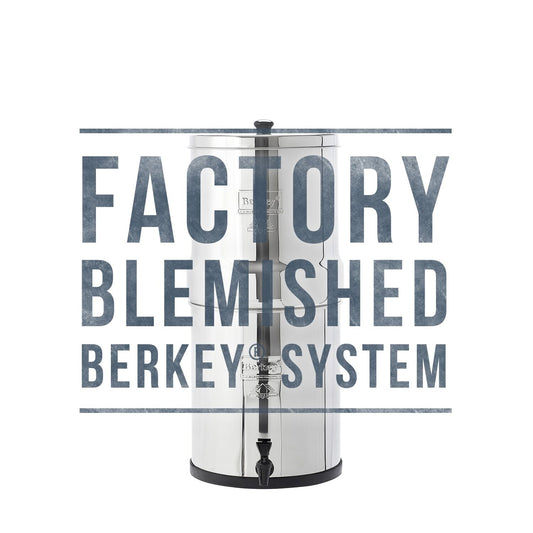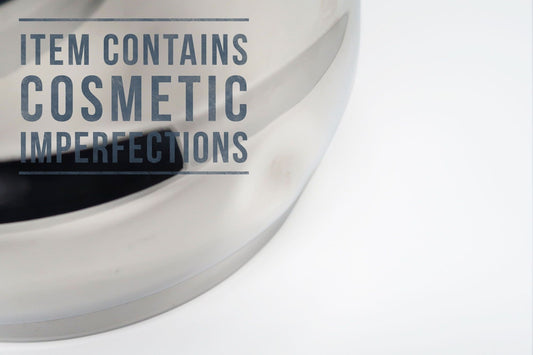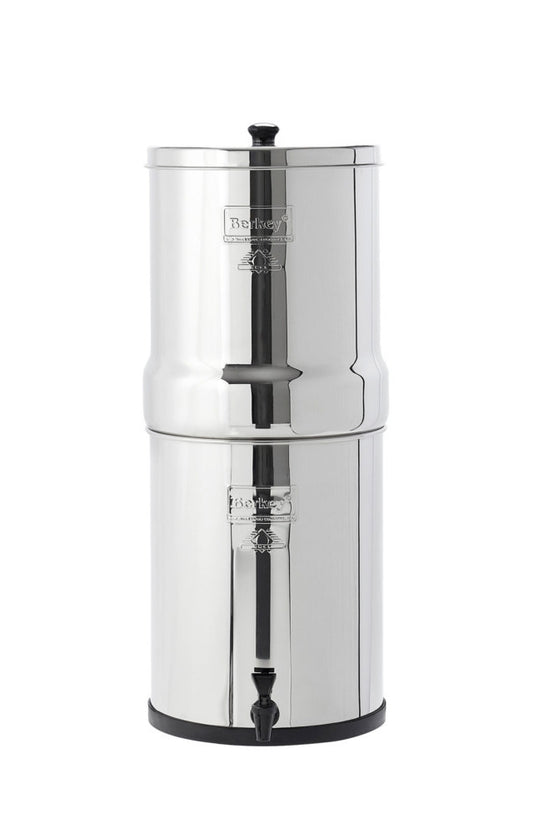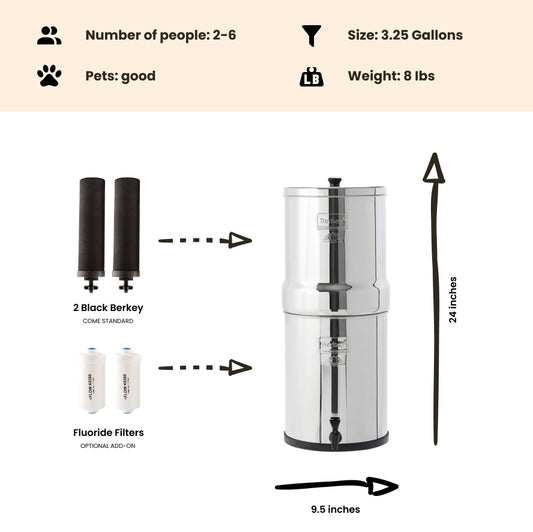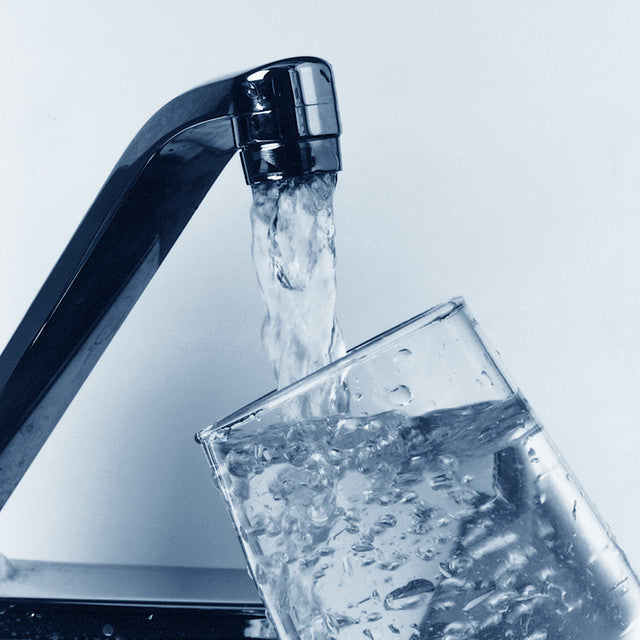
Chemicals Formed During Water Treatment Process Responsible for 5% of European Bladder Cancer Cases Annually
By Dan DeBaunShare
Every year, over 6,500 European residents get bladder cancer as a result of exposure to chemical compounds that form during the water treatment process, contributing to around 5% of bladder cancer reported in Europe annually, according to the results of a research project led by scientists at the Barcelona Institute for Global Health (ISGlobal) that analyzed the presence of trihalomethane (THMs) compounds in drinking water across 26 countries in the European Union.
Trihalomethanes are byproducts that form when drinking water is disinfected to kill off harmful pathogens that could potentially make us sick. Previous studies have found a link between long-term exposure to trihalomethanes — whether via inhalation, ingestion or absorption through the skin — and a higher risk of bladder cancer.
For the latest study, which was recently published in the scientific journal Environmental Health Perspectives, the authors analyzed recent data reflecting THM levels in European drinking water and estimated how much exposure to these contaminants in drinking water contributed to bladder cancer cases in Europe.
According to study coordinator Cristina Villanueva, a researcher at ISGlobal, the greatest challenge the authors faced was collecting sufficient data on national THMs levels from every country in the European Union; an issue she hopes will be resolved in the future.
The authors sent questionnaires to those responsible for managing the water quality of municipal drinking water supplies, requesting data on total trihalomethanes levels as well as concentrations of individual THMs (bromoform, bromodichloromethane, chloroform and dibromcohloromethane) at water treatment facilities, as well as various points in the distribution network and at the consumers tap. This was supplemented with additional data sourced elsewhere such as scientific journals, reports and publicly available online data.
Data on THMs levels from 2005-2018 were collected for 26 countries within the European Union — with Romania and Bulgaria being the only two exceptions due to limited available data — accounting for drinking water serving 75% of the European population.
The study revealed that THM levels differ considerably between countries. While the average level of THMs in drinking water (11.7 μg/L) was well below the EU safety standard of 100 μg/L, the maximum reported levels for nine countries did exceed the maximum permissible limit. Countries with maximum THMs readings that exceeded the EU safety recommendation include Poland, Hungary, Italy, Cyprus, Portugal, Spain, Estonia, the United Kingdom and Ireland.
Bladder Cancer Link
For the study, the researchers estimated the number of bladder cases attributable to exposure to THMs in drinking water using a "statistical calculation linking average levels of trihalomethanes with the international information available of bladder cancer incidence rates for each country."
The authors estimated that a total of 6,561 bladder cancer cases were attributable to THMs exposure in the EU each year. While the number of attributable cases differed considerably between countries, the authors found that the number of attributable cases was highest in Spain (1,482 cases) and the United Kingdom (1,356 cases), which was partly due to the larger populations of these two countries and their higher incidence of bladder cancer.
The countries that had the highest percentage of bladder cancer incidences attributable to trihalomethane exposure were Cyprus (23%), Malta (17%), Ireland (17%), Spain (11%) and Greece (10%); while Lithuania (0.4%), Austria (0.4%), Germany (0.2%), Netherlands (0.1%), and Denmark (0%) had the lowest.
"Over the past 20 years, major efforts have been made to reduce trihalomethanes levels in several countries of the European Union, including Spain", said Manolis Kogevinas, a researcher at ISGlobal and a co-author of the study . "However, the current levels in certain countries could still lead to considerable bladder cancer burden, which could be prevented by optimizing water treatment, disinfection and distribution practices and other measures."
To reduce the incidence of bladder cancer resulting from TMHs exposure, the researchers recommend that the focus should be on reducing THMs levels in countries that have the highest average THMs levels. The authors estimate that if THMs levels of the 13 countries with the highest average levels were reduced to the EU average, 2,868 cases of bladder cancer (i.e. 44% of the 6,500 current annual bladder cases attributable to THMs) could potentially be prevented.
Journal Reference Iro Evlampidou, et al. Trihalomethanes in Drinking Water and Bladder Cancer Burden in the European Union. Environmental Health Perspectives, January 2020. https://doi.org/10.1289/EHP4495.-
Regular price From $302.00 USDRegular priceUnit price / per
-
Regular price $234.00 USDRegular priceUnit price / per
-
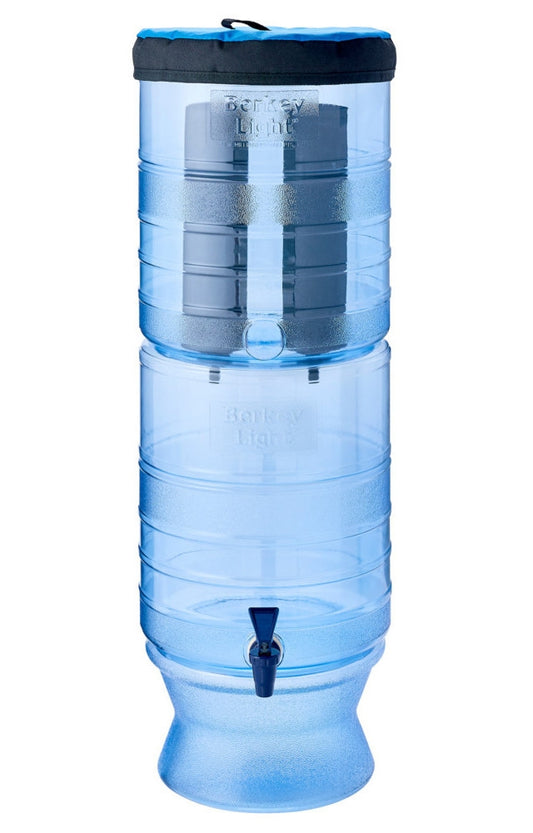
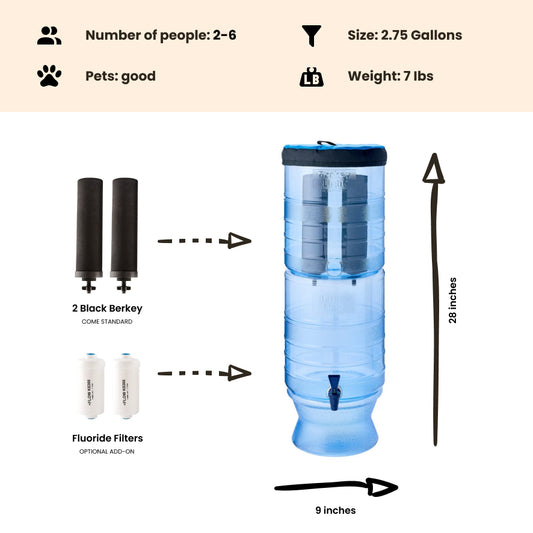 Sold outRegular price From $305.00 USDRegular priceUnit price / per
Sold outRegular price From $305.00 USDRegular priceUnit price / per -
Regular price $327.00 USDRegular priceUnit price / per
-

 Sold outRegular price From $367.00 USDRegular priceUnit price / per
Sold outRegular price From $367.00 USDRegular priceUnit price / per -
Regular price From $408.00 USDRegular priceUnit price / per
-
Regular price From $451.00 USDRegular priceUnit price / per

Dan DeBaun
Dan DeBaun is the owner and operator of Big Berkey Water Filters. Prior to Berkey, Dan was an asset manager for a major telecommunications company. He graduated from Rutgers with an undergraduate degree in industrial engineering, followed by an MBA in finance from Rutgers as well. Dan enjoys biohacking, exercising, meditation, beach life, and spending time with family and friends.
~ The Owner of Big Berkey Water Filters



